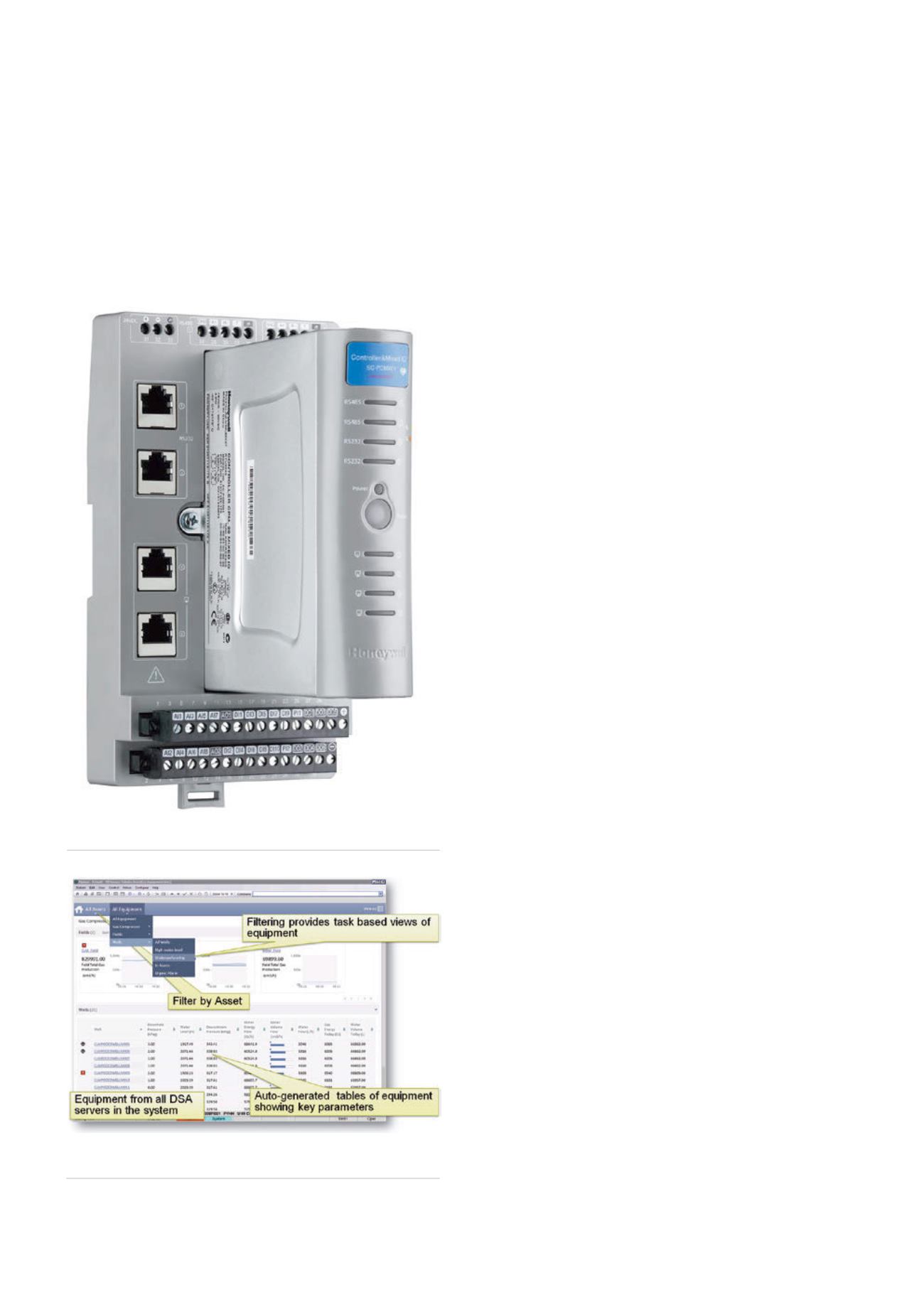
regulation, and a shrinking pool of talent due to retirement
and global competition. Consultancy Booz & Co (now
Strategy&) long ago predicted that the ‘labour gap’ – the
shortfall in the number of employees implied by expected
finding and development capital expenditure – could reach
one million by this year.
At the same time, many in the industry also face tighter
margins while capital and operating costs per unit rise rapidly.
Add to this ageing assets and increasingly complex systems,
and the pressure on operational efficiency and reliability, if
not unprecedented, is certainly persistent.
These pressures are often particularly acute at the
wellhead and across pipelines. Unconventional extraction
methods, for instance, are putting pressure on operators
to manage ever-increasing numbers of wells; midstream
infrastructure, meanwhile, must continue to expand and adapt
despite falling energy prices, with US$200 billion of additional
investment required in the US alone by 2035, according to one
analysis.
The two big data challenges
Users of SCADA systems also face significant challenges when
it comes to dealing with the increasing volume, sources and
frequency of data.
On the one hand, pipelines and wellheads face the same
difficulties in regards to big data that are common across the
industry: having resolved the problem of being able to capture
and store large amounts of data, they must still answer the
question of what to do with it. The data must be sifted,
sorted, analysed and turned into actionable information in the
control room (again bearing in mind the squeeze on skilled
workers).
On the other hand, there are particular considerations
for these players. For instance, assets such as wellheads and
pipelines are frequently in remote locations and widely
dispersed. This, of course, only heightens the need to capture
and use remote data: the cost of unnoticed production losses
or leaks and potential environmental damage represents a
significant risk. The safety and cost implications, meanwhile,
make deploying personnel to these locations to gather the
required data, check operations or make repairs unattractive.
In short, they need assets to be effectively monitored and
managed remotely.
However, the same issue that makes data so valuable
for these operators can make gathering it and getting it to
controllers particularly difficult. Low bandwidth and degraded
communication links may significantly impact the ability of
those responsible for pipelines and wellheads to get the
data they require. Moreover, existing wells continue to be
automated and new wells and pipelines are added all the time.
The task for a successful SCADA solution is therefore
twofold: first, to be able to gather the data required
for informed decisions, within the limitations of the
communication infrastructure; and second, to ensure that data
is effective in actually informing decisions, despite limited
experience and headcounts in the control room.
Only by overcoming both these challenges can operators
succeed in using big data to meet their ambitions in terms of
controlling capital and operating costs.
Efficient data collection
There are effectively only two possible solutions to the
constraints of bandwidth and degraded communication
links in a SCADA environment. Either the links have to be
improved or the data sent reduced. In most cases, the former
is economically unviable or impossible.
Figure 2.
Collecting data is just the first step; it must be
effective in actually informing decisions.
Figure 1.
Honeywell RTU2020 unit.
60
World Pipelines
/
JULY 2015


